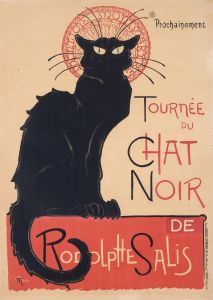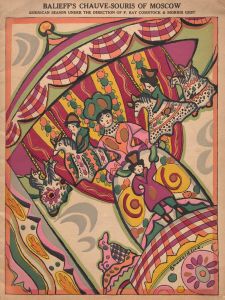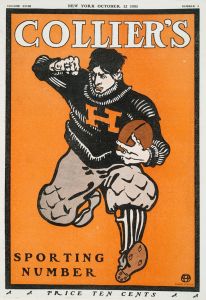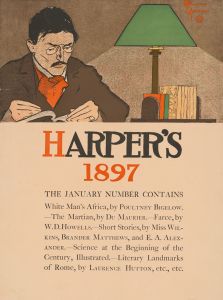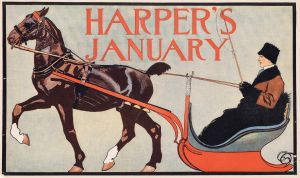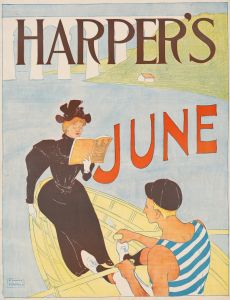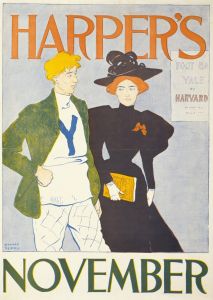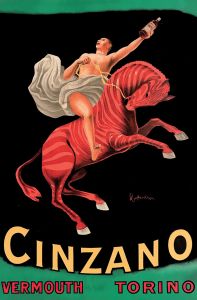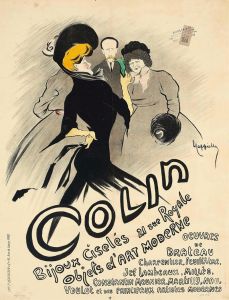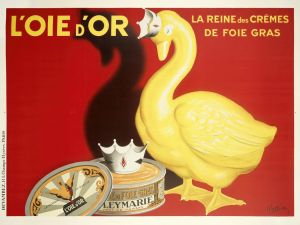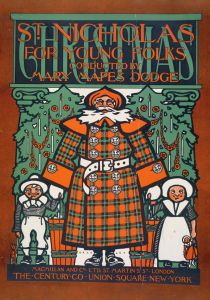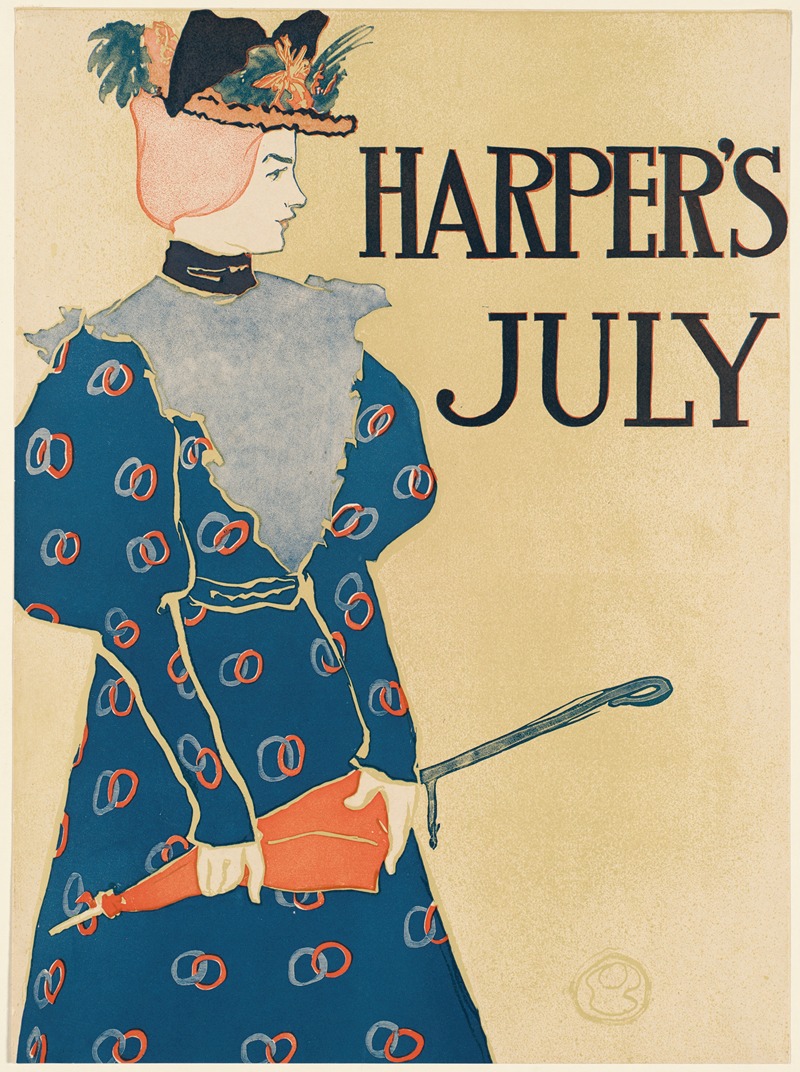
Harper’s July
A hand-painted replica of Edward Penfield’s masterpiece Harper’s July, meticulously crafted by professional artists to capture the true essence of the original. Each piece is created with museum-quality canvas and rare mineral pigments, carefully painted by experienced artists with delicate brushstrokes and rich, layered colors to perfectly recreate the texture of the original artwork. Unlike machine-printed reproductions, this hand-painted version brings the painting to life, infused with the artist’s emotions and skill in every stroke. Whether for personal collection or home decoration, it instantly elevates the artistic atmosphere of any space.
Edward Penfield's "Harper’s July" is a notable example of early 20th-century American illustration, created as a cover for Harper’s Magazine in July 1897. Penfield, often regarded as a pioneer of American poster art, played a significant role in the development of graphic design during the late 19th and early 20th centuries. His work is characterized by its bold lines, flat colors, and a keen sense of composition, which were innovative at the time and contributed to the evolution of modern advertising and illustration.
"Harper’s July" exemplifies Penfield’s distinctive style, which often featured simplified forms and a limited color palette. This particular piece showcases a woman dressed in a summer outfit, holding a parasol, and reading a copy of Harper’s Magazine. The image is both elegant and accessible, reflecting the leisurely and cultured lifestyle associated with the magazine’s readership. The use of flat colors and strong outlines in the illustration is indicative of Penfield’s approach, which was influenced by the Art Nouveau movement and Japanese woodblock prints, both of which emphasized simplicity and clarity.
Penfield’s work for Harper’s Magazine, where he served as the art director from 1891 to 1901, was instrumental in establishing the visual identity of the publication. His covers were not only artistically appealing but also served as effective marketing tools, capturing the attention of potential readers and conveying the magazine’s sophisticated yet approachable image. "Harper’s July" is a testament to Penfield’s ability to blend art and commerce seamlessly, a skill that was crucial in the burgeoning field of graphic design.
The impact of Penfield’s work extended beyond Harper’s Magazine. He was part of a broader movement of artists and designers who were redefining the role of illustration in print media. His posters and magazine covers helped to elevate the status of commercial art, demonstrating that it could be both aesthetically pleasing and commercially viable. Penfield’s influence can be seen in the work of later graphic designers and illustrators who continued to explore the possibilities of visual communication in advertising and publishing.
In addition to his work for Harper’s, Penfield produced illustrations for other publications and created posters for various clients, further establishing his reputation as a leading figure in American illustration. His contributions to the field were recognized during his lifetime, and his legacy continues to be celebrated by art historians and graphic design enthusiasts.
"Harper’s July" remains an important piece in the history of American illustration, exemplifying the artistic and cultural shifts of its time. It reflects the changing tastes and interests of the late 19th century, as well as the growing importance of visual media in everyday life. Penfield’s work continues to be studied and appreciated for its artistic merit and its role in shaping the visual culture of the modern era.





